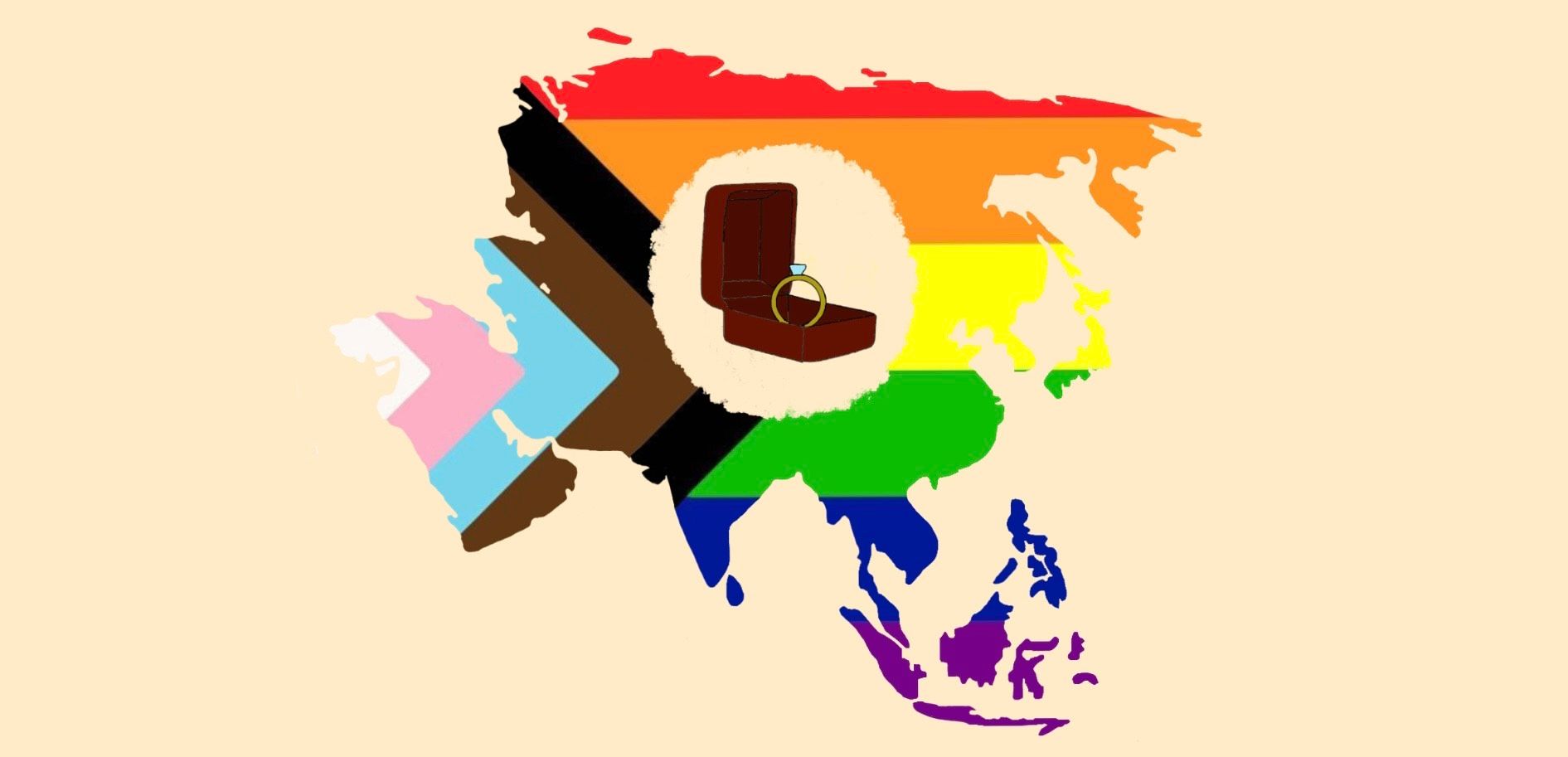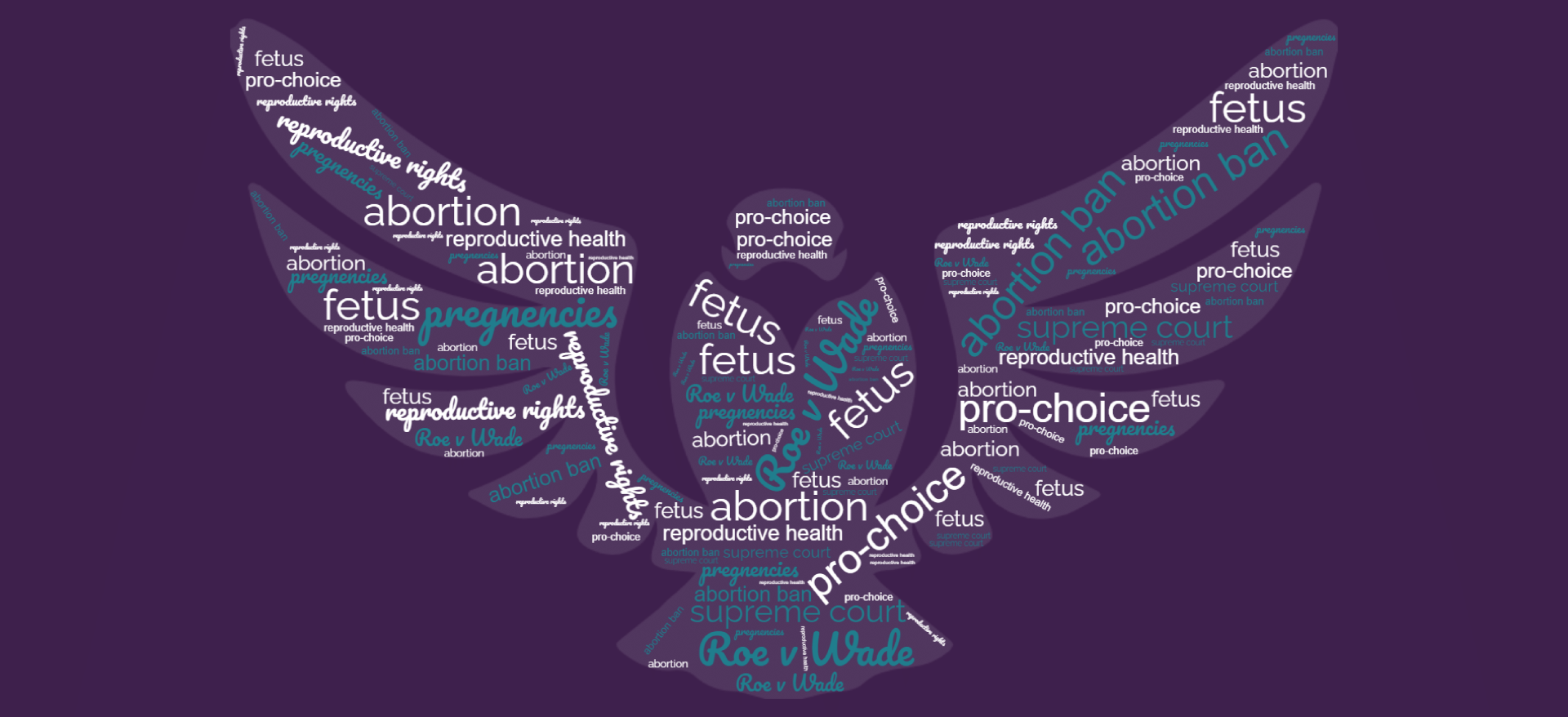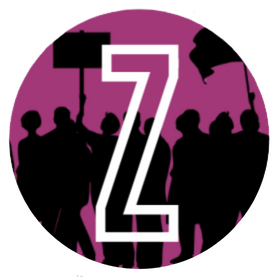redefine.zed@gmail.com
Book Banning Silences Voices
Article by: Ananya Ravi
Edited by: Kamakshi Gupta
Visual by: Ananya Ravi
The history of books dates back to around 3500 B. C. in Mesopotamia, where Sumarians designed their own alphabet (Cuneiform) and carved symbols into clay tablets (“The evolution of the book”). The carvings were etched on the clay using a stylus known as “Calamus,” a triangular carving tool. These clay tablets were then dried or fired in kilns to preserve them in the long term. The book’s evolution, from papyrus, to movable types, to modern paperbacks, to e-books, has long since been a key part of cultural change and sharing ideas. Throughout history, literature has spread major revolutionary ideas by exposing present situations and conveying the need to better the future generations.
Starting from the time period when America first fought for independence to present time, there have been numerous far-reaching books published in just the U.S. alone. In 1776, colonial America, Thomas Paine’s book “Common Sense” was a collection of articles that called for independence. The simplistic rhetoric of the book helped spur the independence movement into action. Noah Webster’s “Blue-Backed Speller”, published in 1783, including a different form of English that persists today as the American version of English (American revolution reference library, 2023).
Books have been a strong way to spread knowledge and coin new ideas to make a difference in various cultures. For the past few years, banning books has steadily risen in the U.S. Banning books silences voices of marginalized people such as the LGBTQ + community and restricts access for people that are economically disadvantaged.
The reason behind banning these books is that they include themes that are “too mature,” when in reality, it controls the ideas and experiences of the LGBTQ + community. According to America Index of School Book Bans, 41% of all books banned in public schools are due to themes of LGBTQ + and 40% including protagonists or secondary characters of color (“Banned in the USA,” 2023). The book banning process can start with a student, parent or librarian challenging a certain book. This quickly becomes problematic since it means any book can virtually be censored if enough people agree that a certain book contains offensive or inappropriate contents, which most often is themes of LGBTQ +. Book banning can range from making a certain banned book unavailable to public schools to completely making that book unavailable to the public by removing them from public libraries/e-libraries in general. Although censoring books may seem like a useful way to control what age groups can read what contents, in reality it aims to control specific messages in our society. \
During the past decade, books have been used as a powerful source of activism. As of 2023, there has been a fast move from right wing politicians looking to pass legislation to censor books. Looking at the common topics of the books being banned, this movement is clearly intended to silence the voices of minority groups such as people of color, people within the LGBTQ + community, etc. Ten states already have legislation that is in the process of doing so that prohibits school boards from including books/other school curriculum that teaches about sexual identities, sexual orientations, and anything related to LGBTQ + identities (Jensen 2023). As a result, library workers could possibly be sued for keeping such books that include these ideas given that these legislations are officially passed. These bills include certain types of language that could be left up to debate whether a book should be banned such as “objectionable lessons”.
In a time when not all resources are equally available to every group, book banning further perpetuates that gap. Banning physical books affects people who are less economically advantaged. There will always be some ebook organizations or libraries that include books that have been banned in other locations. However, book banning culture not only aims to control voices, it also controls who has access to certain materials. As books have recently been moving to the ebook format or audiobook, removing books from public libraries narrows the amount of platforms they are available in for certain populations. Current research illustrates how the use of ebooks have steadily been on the rise with a third of all collections being online and the use of physical books have declined from 91% to 39% in just 2019 alone (Rizzo 2022). Certain households don’t have access to digital devices and are thus disproportionately affected by the removal of what little books are available in physical format at public libraries.
Book banning culture leads to unequal access to educational materials which includes books that voice the experiences of minority populations. In total, 21 million people don’t have access to the internet in the U.S. alone, including about 27% that live in rural areas (Winslow 2019). These people rely more on public libraries and school curriculum for educational materials. Although book banning may seem to have no tangible effects on what the public has access to, in reality, it unjustly affects lower income households that can’t afford internet access.
Book banning had been at an all time high in the U. S. causing many controversies on whether the media should have restrictions. Although many parents that complain to the school board about a certain book may have the goal of restricting books to specific age groups, it prevents people from the LGBTQ + community from sharing their experiences because the specific books that have been flagged share such messages. In addition, for those that belong to a lower income household, what books that they have access to may just be limited physical ones from public libraries. Banning books further lowers the amount of physical books available to them, which limits the messages that they are exposed to. What book banning does, above all, is silence voices.



